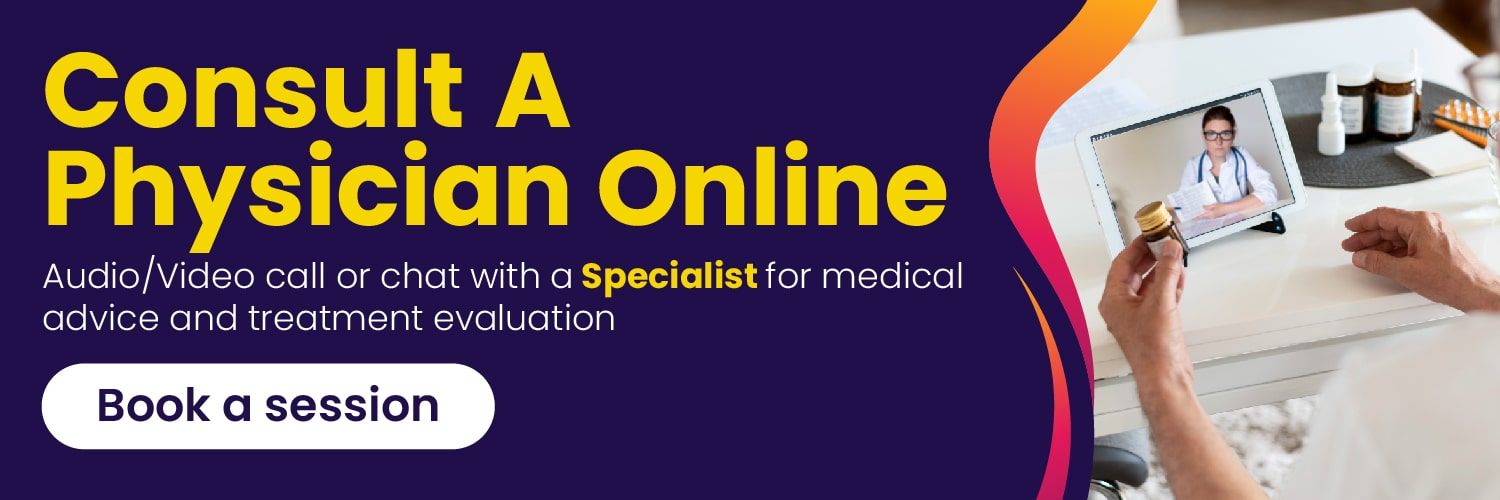Rare And Weird Phobias You’ve Likely Never Heard Of
- 12 months ago
Things that make us uncomfortable. Maybe it's spiders, elevators, or speaking in front of a group. These feelings are normal, and we can usually deal with them. But for some people, these fears become overwhelming and control their lives. This is what we call specific phobias.
But for some folks, these everyday fears become too much to handle. Imagine being so scared of something that it affects everything you do—where you go, what you do, and who you're with. That's what it's like for people with specific phobias. They have intense, irrational fears of certain things, and they'll do anything to avoid them.
When someone has a specific phobia, it's not just about not liking something. It's a deep, instinctual fear that takes over their whole body. They might feel their heart racing, their palms sweating, and their mind going into overdrive—all because of something that seems harmless to others. These fears can mess with their life, making it hard to do everyday things and enjoy themselves.
So come along as we navigate through the world of irrational fears, where even the smallest things can seem terrifying.
Also Read: Surprising Facts About Phobias You Probably Didn't Know

1. Arachibutyrophobia (Fear of peanut butter sticking to the roof of your mouth)
Arachibutyrophobia is a rare fear where people dread feeling peanut butter stick to the roof of their mouth. It can be caused by not liking the texture or being scared of choking. People with this fear get very anxious around peanut butter and might avoid eating it during meals or snacks.
2. Siderophobia: Fear of stars
Siderophobia (astrophobia) is indeed a documented fear of stars or celestial objects. Individuals experiencing this phobia may feel intense anxiety or fear when confronted with the night sky, stars, or even images of outer space. Like many phobias, siderophobia can vary in severity, from mild discomfort to debilitating panic attacks. Treatment typically involves cognitive-behavioral therapy (CBT), exposure therapy, and sometimes medication to manage symptoms.

3. Koumpounophobia (Fear of buttons)
Koumpounophobia is the fear of buttons, whether they're on clothing or elsewhere. This fear can stem from various sources, including sensory sensitivities, negative associations with buttons, or traumatic experiences. Sufferers may experience anxiety or panic attacks when exposed to buttons, leading to avoidance behaviors such as refusing to wear buttoned clothing or discomfort in settings where buttons are prevalent.
4. Ablutophobia (Fear of bathing)
Ablutophobia manifests as an overwhelming fear of bathing, washing, or being in contact with water or hygiene products. This fear can stem from various sources, including traumatic experiences or sensory sensitivities. Individuals with ablutophobia may struggle with maintaining personal hygiene, leading to social isolation and embarrassment due to body odor or uncleanliness.
5. Globophobia (Fear of balloons)
Despite their association with celebration and joy, balloons evoke intense fear and anxiety in individuals with globophobia. Sufferers may fear the loud sound of balloons popping or the anticipation of them bursting unexpectedly. This fear can lead to avoidance of balloon-related events or situations, impacting social interactions and participation in festivities.
6. Hippopotomonstrosesquippedaliophobia (Fear of long words)
Ironically, the fear of long words itself is embodied in the term "hippopotomonstrosesquippedaliophobia." Individuals with this phobia experience heightened anxiety and discomfort when confronted with a lengthy vocabulary. This fear may stem from difficulties with pronunciation, negative associations with complex language, or underlying language-related anxieties.
7. Omphalophobia (Fear of belly buttons)
Omphalophobia induces irrational dread and discomfort at the sight or thought of belly buttons. This fear may arise from various sources, including traumatic experiences, body image issues, or a fear of contamination. Sufferers may experience anxiety or panic attacks when exposed to belly buttons, leading to avoidance behaviors or efforts to conceal their navels.
Also Check Out: Fear Of Marriage!!!!
8. Chaetophobia (Fear of hair)
Chaetophobia is a fear that makes people panic or feel anxious when they see hair, like loose strands or hair follicles, especially their own hair. It can come from feeling disgusted, worried about being contaminated, or having a bad experience with hair before. People with this fear might avoid places where there's hair or constantly groom themselves too much.
9. Vestiphobia (Fear of clothing)
Vestiphobia induces anxiety and discomfort at the thought of wearing clothes, leading individuals to prefer nudity or specific types of garments. This fear may stem from sensory sensitivities, body image issues, or traumatic experiences related to clothing. Sufferers may experience panic attacks or avoidance behaviors when exposed to clothing or pressured to dress in certain ways.

10. Eisoptrophobia (Fear of mirrors)
Eisoptrophobia is a fear of mirrors. People with this fear get really scared or uncomfortable when they see their reflection. They might avoid mirrors and shiny surfaces. This fear can come from feeling bad about their body, being anxious around others, or not knowing what they might see. People with this fear might feel extra nervous in places with lots of mirrors or have trouble understanding themselves.
11. Deipnophobia (Fear of dining with others)
For deipnophobes, sharing a meal with others induces intense anxiety and discomfort, often stemming from social anxiety or fear of judgment. Sufferers may experience panic attacks, nausea, or sweating in dining settings, leading to avoidance behaviors or solitary meal habits. This fear can impact social relationships and hinder participation in communal dining experiences.
Also Check: Public Fear? Yes, A Serious Problem!
These unusual phobias highlight the vast and often perplexing landscape of human fears. While they may seem strange to some, they are very real for those who experience them. Understanding and empathy are crucial in supporting individuals with phobias, helping them navigate a world that can sometimes feel overwhelming and frightening.








